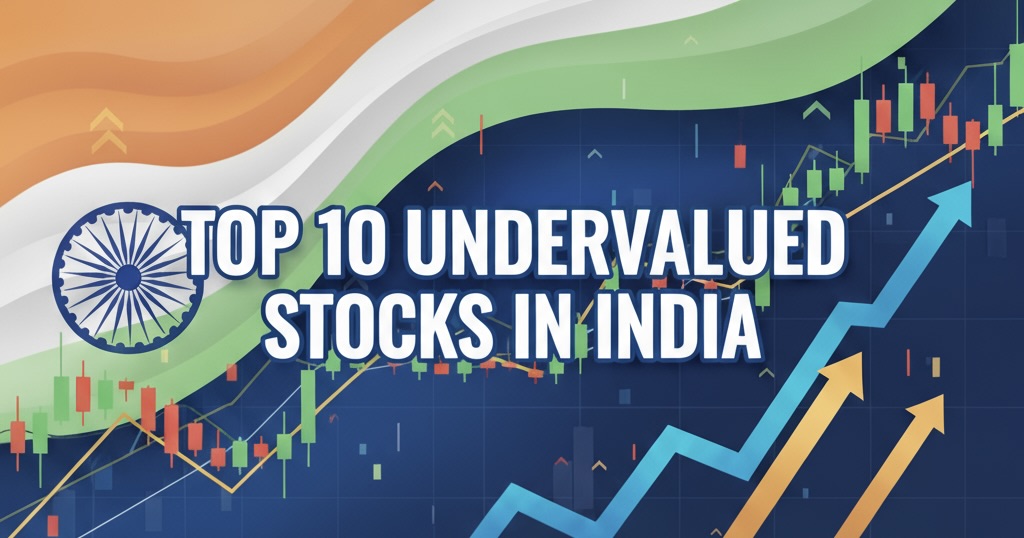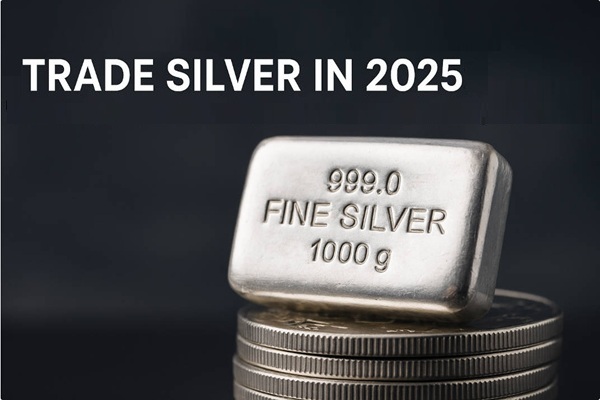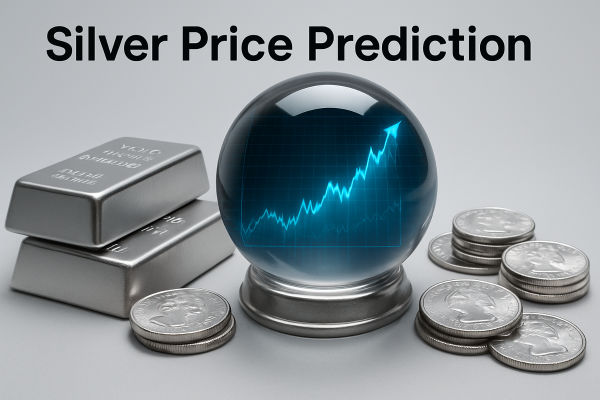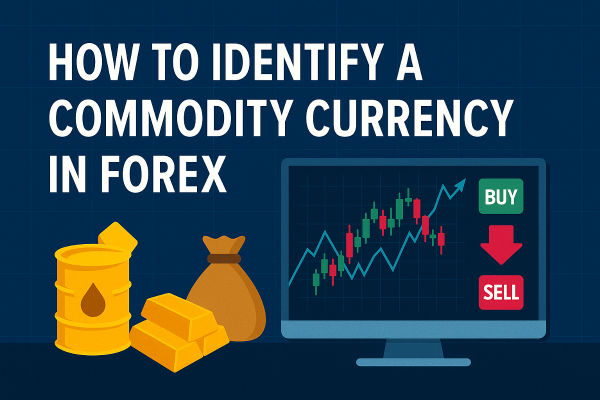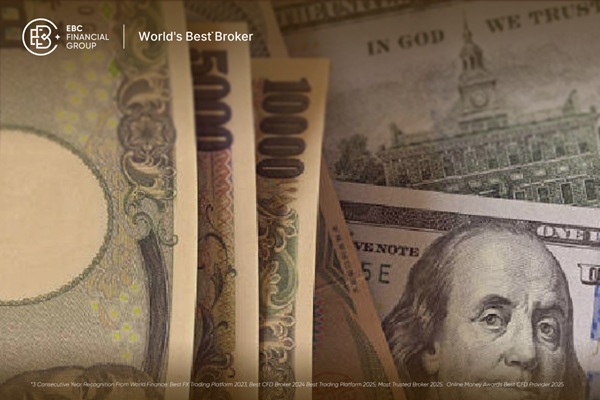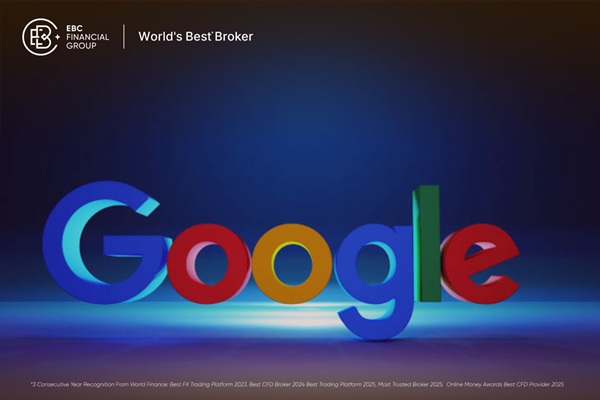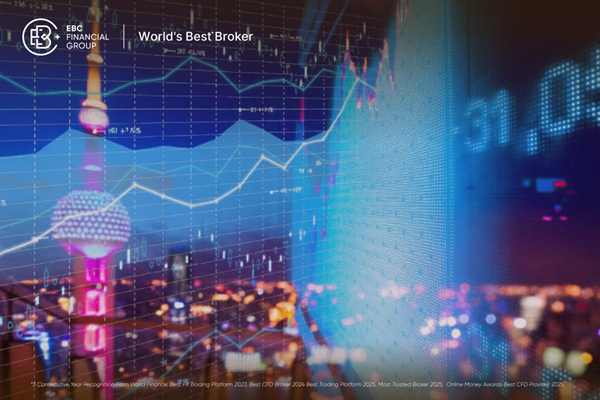People have consistently regarded precious metals as a representation of prosperity and security. In 2025, with economic uncertainty, inflation concerns, and geopolitical tensions, traders are increasingly turning to metals like gold, silver, platinum, and palladium as both safe-haven assets and speculative opportunities.
If you're asking where and how to trade precious metals today, the answer is that you can trade them through spot markets, futures, ETFs, CFDs, and even physical bullion purchases, depending on your goals and risk tolerance.
This guide will break down everything you need to know, from the basics of metals trading to the best strategies, platforms, and global trends shaping the market in 2025.
What Are the Key Precious Metals to Trade?
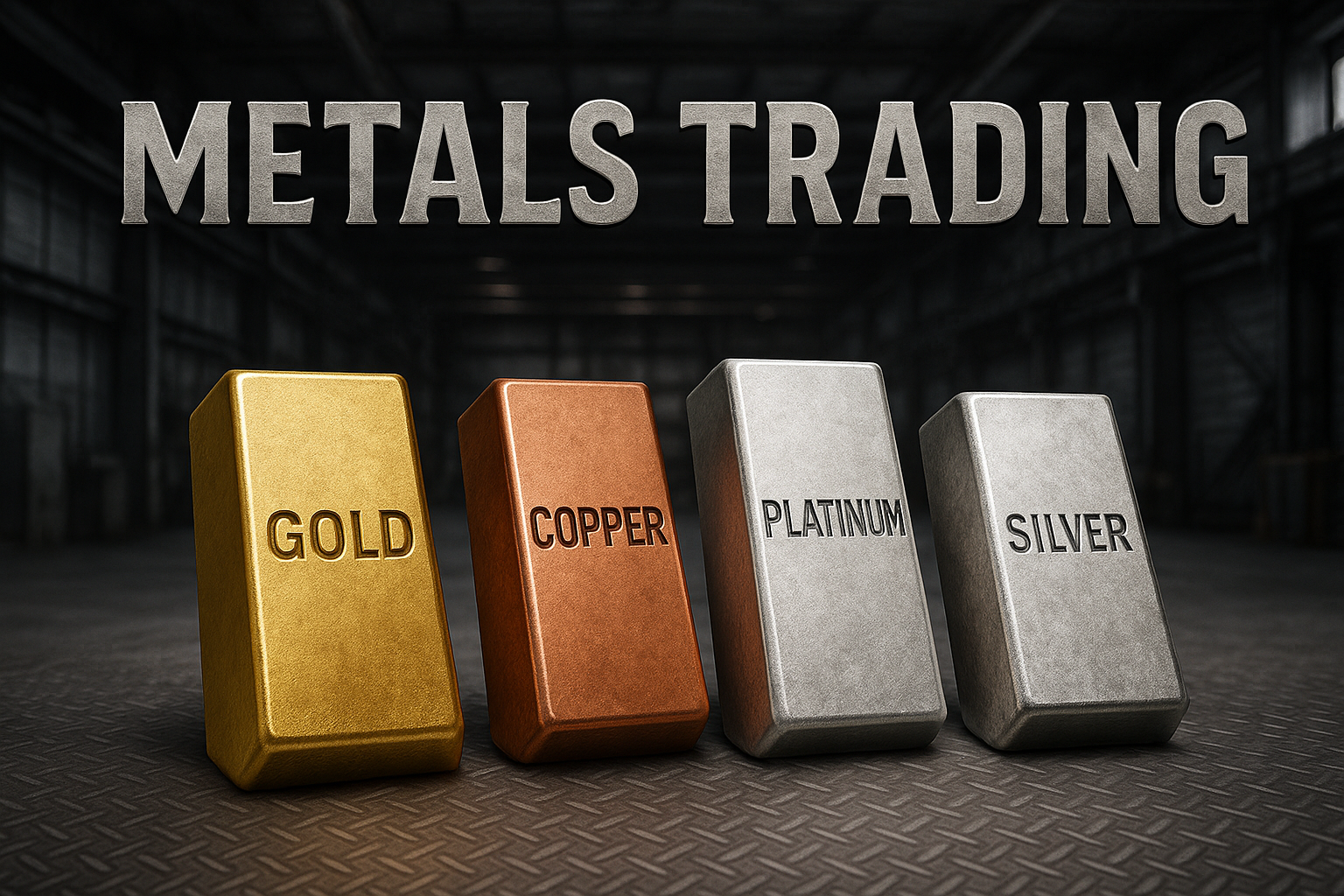
1. Gold (XAUUSD)
Gold remains the most traded and liquid precious metal. It is viewed as the ultimate hedge against inflation, recession, and currency devaluation.
Why Traders Like It: High liquidity, clear price trends, and strong safe-haven appeal.
Trading Example: During market turmoil, gold prices often rise as traders exit riskier assets such as equities.
2. Silver (XAGUSD)
Silver has a dual role as both an investment asset and an industrial metal. Its volatility makes it appealing.
Why Traders Like It: More affordable than gold, but with larger price swings that can generate profit.
Trading Example: Demand from solar energy production has driven silver prices upward in recent years.
3. Platinum
Platinum users heavily utilise it in automotive catalytic converters, and it is rarer than gold and silver. It has reduced liquidity compared to gold and silver, but presents distinct opportunities.
Why Traders Like It: Often undervalued compared to gold, making it appealing for contrarian traders.
Trading Example: Tighter emission regulations increase platinum demand within the automotive sector.
4. Palladium
Palladium is even rarer than platinum and is primarily used in clean-energy automotive technology.
Why Metals Trading Is Popular in 2025?
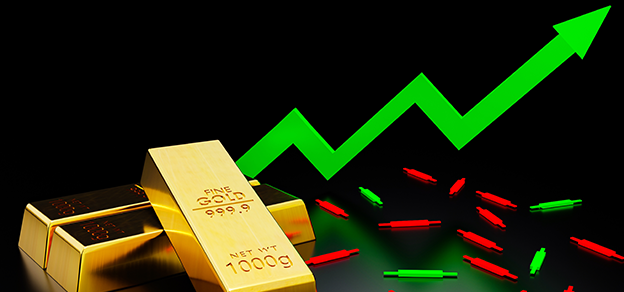
Precious metals serve not only as commodities but also as a substitute currency, a safeguard against inflation, and a means to diversify portfolios. Here's why they are so relevant today:
Inflation Hedge: With global inflation still elevated, gold and silver are preferred to preserve value.
Geopolitical Uncertainty: Wars, elections, and debt crises increase demand for safe-haven assets.
Industrial Demand: Electronics, solar energy, and the automotive industries commonly utilise silver, platinum, and palladium..
Digital Access: Online brokers and trading apps have made it easier than ever for retail traders to access metals.
For example, in 2024, gold surged past $2,300 per ounce while silver crossed $30 per ounce, showing that metals can deliver both long-term value and short-term trading opportunities.
Where to Trade Precious Metals?
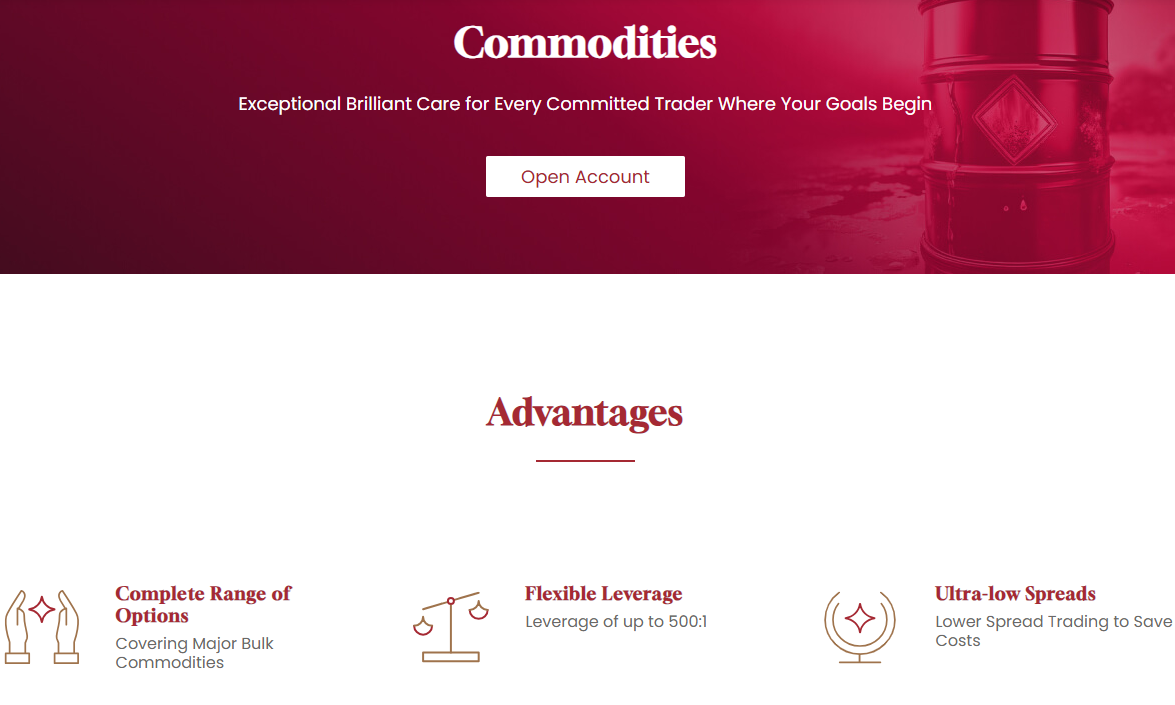
1. Spot Trading
Spot markets allow you to buy and sell metals at their current market price. Forex brokers often provide XAUUSD (gold vs USD) and XAGUSD (silver vs USD) pairs.
2. Futures Contracts
Futures let you speculate on the price of metals at a future date. These are traded on exchanges.
3. ETFs and Mutual Funds
Exchange-traded funds (ETFs) track the price of metals without requiring you to own physical bullion.
Best For: Investors seeking passive exposure.
Examples: SPDR Gold Shares (GLD), iShares Silver Trust (SLV).
4. CFDs (Contracts for Difference)
CFDs allow traders to speculate on price movements without owning the asset. Many brokers, including EBC Financial Group, offer CFD trading on gold, silver, and platinum.
5. Physical Bullion
Investors can still buy gold and silver coins, bars, and jewellery.
How to Trade Precious Metals: Step-by-Step Guide
Step 1: Choose Your Market
Decide whether you want to trade spot metals, futures, ETFs, CFDs, or physical bullion. Beginners often start with spot gold and silver CFDs for simplicity.
Step 2: Select a Broker or Exchange
Look for a regulated broker that offers metals trading with low spreads and strong charting tools. For example, EBC Financial Group provides gold and silver CFDs with flexible leverage options.
Step 3: Analyse the Market
Use both fundamental analysis (inflation data, central bank policies, geopolitical risks) and technical analysis (support/resistance, candlestick patterns, moving averages).
Step 4: Manage Your Risk
Establish stop-loss orders, limit leverage, and utilise position sizing calculators to manage risk.
Step 5: Practice Before Going Live
Use demo accounts to practice strategies before trading with real money.
Advantages vs Risks of Precious Metals Trading
| Advantages |
Risks |
| Acts as a safe-haven asset |
Price volatility during economic shifts |
| Hedge against inflation |
Risk of over-leverage in CFDs |
| Portfolio diversification |
Physical storage and insurance costs |
| Strong industrial demand (silver, platinum, palladium) |
Short-term speculation risk |
| Global accessibility via online brokers |
Market manipulation in futures/options |
Frequently Asked Questions
1. Which Metals Are Best for Trading in 2025?
Gold and silver are the most popular metals due to high liquidity and safe-haven demand.
2. Is Metals Trading Safe for Beginners?
Yes, metals trading can be beginner-friendly if you use regulated brokers, start with small positions, and apply proper risk management. Gold and silver are generally safer options compared to more volatile metals.
3. Can I Trade Metals Online Without Owning Physical Gold or Silver?
Absolutely. Through platforms that offer CFDs, ETFs, or futures contracts, you can speculate on metal prices without holding physical bullion, making it easier to trade from anywhere.
4. Do Metals Really Protect Against Inflation?
Yes. Gold and silver have historically acted as a hedge against inflation, helping traders and investors preserve wealth when currency values decline.
Conclusion
In conclusion, precious metals trading in 2025 offers opportunities for both beginners and experienced traders. With gold and silver continuing to serve as safe havens, and platinum and palladium benefiting from industrial demand, metals remain an essential part of modern trading strategies.
Success in trading, whether through spot trading, ETFs, CFDs, or futures, relies on selecting the right platform, effective analysis, and proper risk management. For retail traders, starting with accessible brokers like EBC Financial Group is a practical way to get exposure to the world of precious metals.
Disclaimer: This material is for general information purposes only and is not intended as (and should not be considered to be) financial, investment or other advice on which reliance should be placed. No opinion given in the material constitutes a recommendation by EBC or the author that any particular investment, security, transaction or investment strategy is suitable for any specific person.













